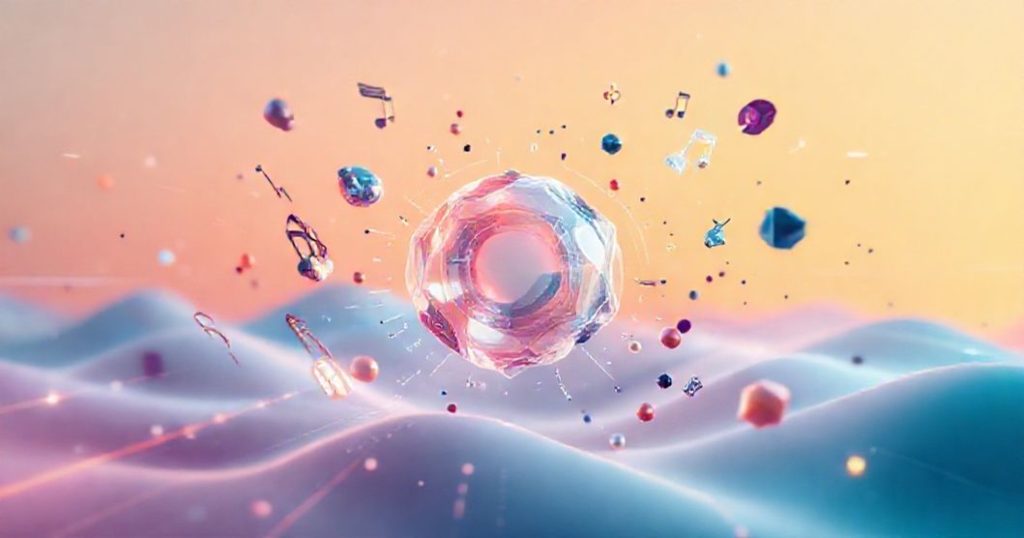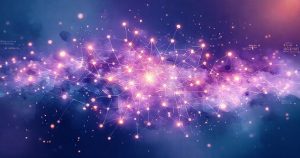Introduction to AI-Generated 3D Assets
AI-generated 3D assets have revolutionized the field of 3D modeling, allowing creators to produce high-quality visuals with unprecedented speed and efficiency. With the advent of AI image generators, the traditional barriers to entry for 3D modeling have been significantly lowered, enabling a broader range of professionals and enthusiasts to participate in this creative field. The ability to generate 3D assets using AI has far-reaching implications for various industries, including architecture, product design, and entertainment. In this comprehensive guide, we will delve into the world of AI-generated 3D assets, exploring the current state of the technology, its applications, and the future trends that are shaping this exciting field.
The use of AI in 3D modeling is not limited to generating simple objects or textures. Advanced AI models can now produce complex scenes, characters, and special effects, rivaling the quality of those created by human artists. This has significant implications for the entertainment industry, where AI-generated 3D assets can be used to create realistic environments, characters, and effects for films, video games, and virtual reality experiences. Furthermore, the ability to generate 3D assets using AI can also streamline the production pipeline, reducing the time and cost associated with traditional 3D modeling techniques.
One of the key benefits of AI-generated 3D assets is their ability to accelerate the creative process. By automating the generation of 3D models, textures, and other assets, creators can focus on higher-level tasks such as design, direction, and storytelling. This not only increases productivity but also enables creators to explore a wider range of ideas and concepts, leading to more innovative and engaging content. Additionally, the use of AI in 3D modeling can also facilitate collaboration among team members, as AI-generated assets can be easily shared, modified, and integrated into existing projects.
Despite the many advantages of AI-generated 3D assets, there are also challenges and limitations associated with this technology. One of the main concerns is the potential for AI-generated assets to be used for malicious purposes, such as creating fake or misleading content. Moreover, the use of AI in 3D modeling also raises questions about authorship, ownership, and the role of human creators in the production process. As the technology continues to evolve, it is essential to address these concerns and develop guidelines and regulations that ensure the responsible use of AI-generated 3D assets.
How AI Image Generators Work
AI image generators are a type of artificial intelligence technology that uses neural networks to generate images from text prompts. These models are trained on vast datasets of images and text, allowing them to learn patterns and relationships between visual and linguistic elements. When a user inputs a text prompt, the AI model analyzes the input and generates an image that corresponds to the described scene, object, or character. The quality and accuracy of the generated image depend on various factors, including the complexity of the prompt, the size and diversity of the training dataset, and the architecture of the neural network.
The process of generating 3D assets using AI involves several stages, including data preparation, model training, and image synthesis. The first stage involves preparing the dataset, which consists of collecting and preprocessing a large number of images and text prompts. The dataset is then used to train the AI model, which learns to recognize patterns and relationships between the visual and linguistic elements. Once the model is trained, it can be used to generate 3D assets from text prompts, using a process called image synthesis. The resulting image can be further refined and edited using various tools and techniques, allowing creators to achieve the desired level of quality and realism.
The use of AI image generators for 3D asset creation has several advantages over traditional 3D modeling techniques. One of the main benefits is the speed and efficiency of the process, as AI models can generate high-quality images in a matter of seconds or minutes, depending on the complexity of the prompt. Additionally, AI image generators can also produce a wide range of styles and variations, allowing creators to explore different aesthetic and artistic directions. This can be particularly useful for concept art, character design, and other applications where multiple iterations and variations are required.
Applications of AI-Generated 3D Assets
The applications of AI-generated 3D assets are diverse and far-reaching, spanning various industries and use cases. One of the most significant areas of application is in the field of architecture, where AI-generated 3D assets can be used to create realistic building models, interior designs, and urban landscapes. This can help architects and designers to visualize and communicate their ideas more effectively, as well as to streamline the design and construction process. Additionally, AI-generated 3D assets can also be used in product design, allowing creators to generate realistic models of products and prototypes, and to test and refine their designs in a virtual environment.
Another significant area of application for AI-generated 3D assets is in the entertainment industry, where they can be used to create realistic environments, characters, and special effects for films, video games, and virtual reality experiences. This can help to reduce the time and cost associated with traditional 3D modeling techniques, as well as to achieve a higher level of realism and immersion. Moreover, AI-generated 3D assets can also be used in advertising and marketing, allowing creators to generate realistic product demos, tutorials, and other types of promotional content.
The use of AI-generated 3D assets in education and training is another area of significant potential. AI models can be used to generate realistic simulations and scenarios, allowing students to practice and learn in a virtual environment. This can be particularly useful for fields such as medicine, aviation, and the military, where realistic simulations are essential for training and preparation. Additionally, AI-generated 3D assets can also be used in museum and cultural heritage applications, allowing visitors to explore and interact with historical artifacts and environments in a more immersive and engaging way.
Future Trends in AI-Generated 3D Assets
The future of AI-generated 3D assets is exciting and rapidly evolving, with several trends and developments that are likely to shape the industry in the coming years. One of the most significant trends is the increasing use of AI in 3D modeling and animation, as well as the integration of AI-generated assets into existing production pipelines. This is likely to lead to more efficient and cost-effective production processes, as well as to the creation of more realistic and engaging content.
Another significant trend is the development of more advanced and sophisticated AI models, which can generate higher-quality and more realistic 3D assets. This is likely to be driven by advances in areas such as computer vision, machine learning, and natural language processing, as well as the availability of larger and more diverse datasets. Additionally, the increasing use of cloud computing and other distributed computing technologies is likely to make AI-generated 3D assets more accessible and affordable for a wider range of creators and industries.
The use of AI-generated 3D assets in virtual and augmented reality applications is another area of significant potential, as it can enable more immersive and engaging experiences for users. This is likely to be driven by the increasing availability of VR and AR hardware, as well as the development of more advanced and sophisticated AI models that can generate realistic and interactive 3D environments. Moreover, the integration of AI-generated 3D assets into social media and other online platforms is likely to enable new forms of creative expression and communication, as well as to facilitate the sharing and collaboration of 3D content.
Conclusion
In conclusion, AI-generated 3D assets have the potential to revolutionize the field of 3D modeling, enabling creators to produce high-quality visuals with unprecedented speed and efficiency. The applications of this technology are diverse and far-reaching, spanning various industries and use cases. As the technology continues to evolve, it is essential to address the challenges and limitations associated with AI-generated 3D assets, and to develop guidelines and regulations that ensure their responsible use. By embracing the potential of AI-generated 3D assets, creators can unlock new levels of creativity, innovation, and productivity, and can help to shape the future of this exciting and rapidly evolving field.
To get started with AI-generated 3D assets, creators can explore various tools and platforms, such as Icebox AI , which offer a range of features and functionalities for generating and editing 3D assets. Additionally, creators can also learn more about the technology and its applications by reading articles and tutorials, watching videos and webinars, and participating in online communities and forums. By taking the first step and exploring the world of AI-generated 3D assets, creators can unlock new levels of creativity and innovation, and can help to shape the future of this exciting and rapidly evolving field.



